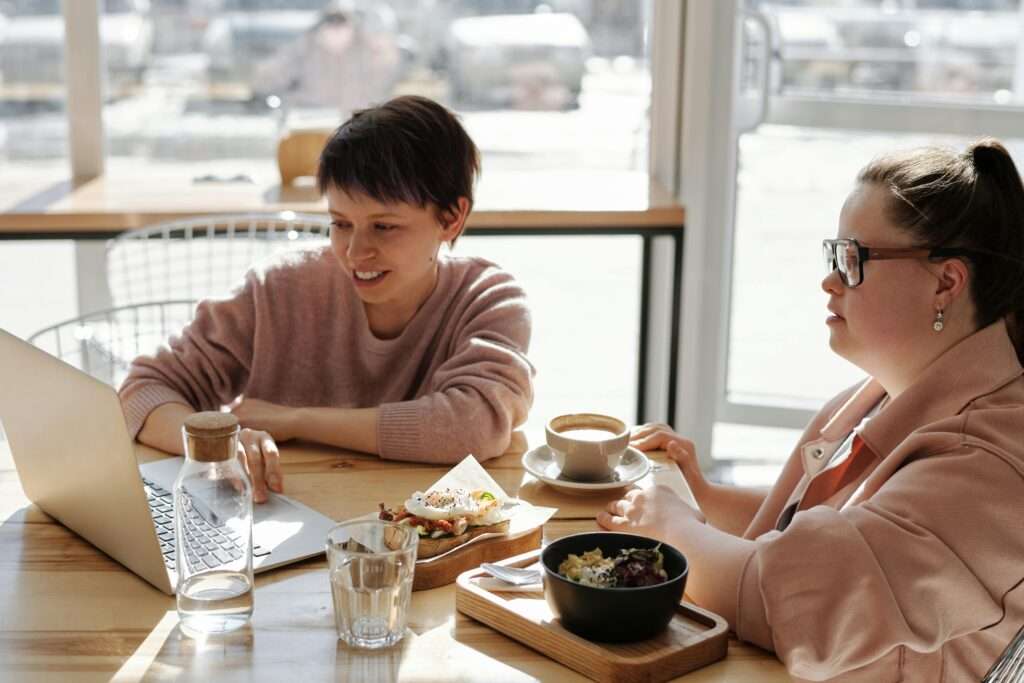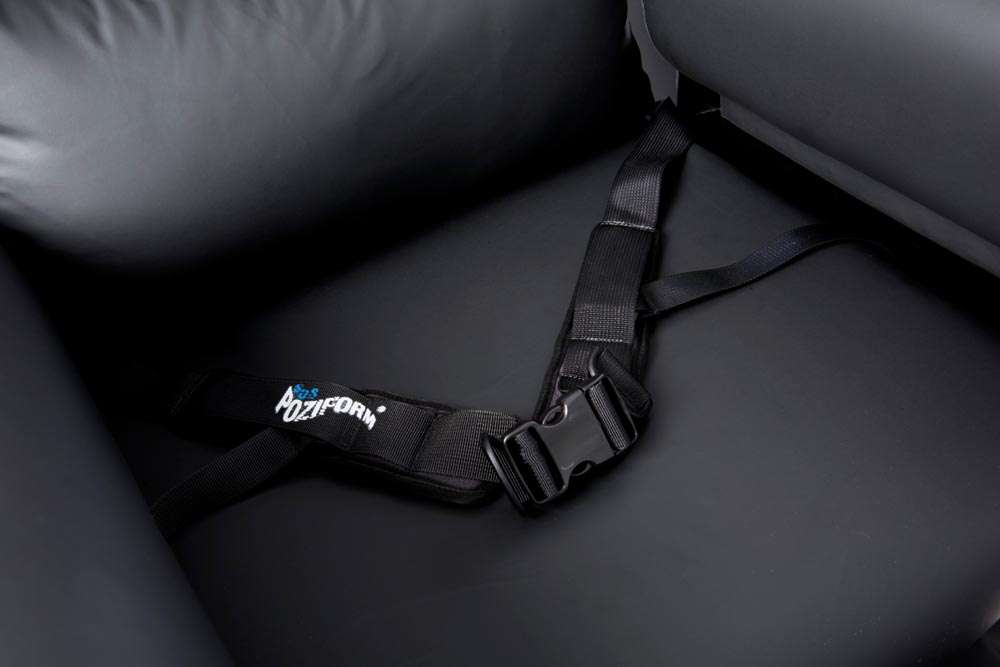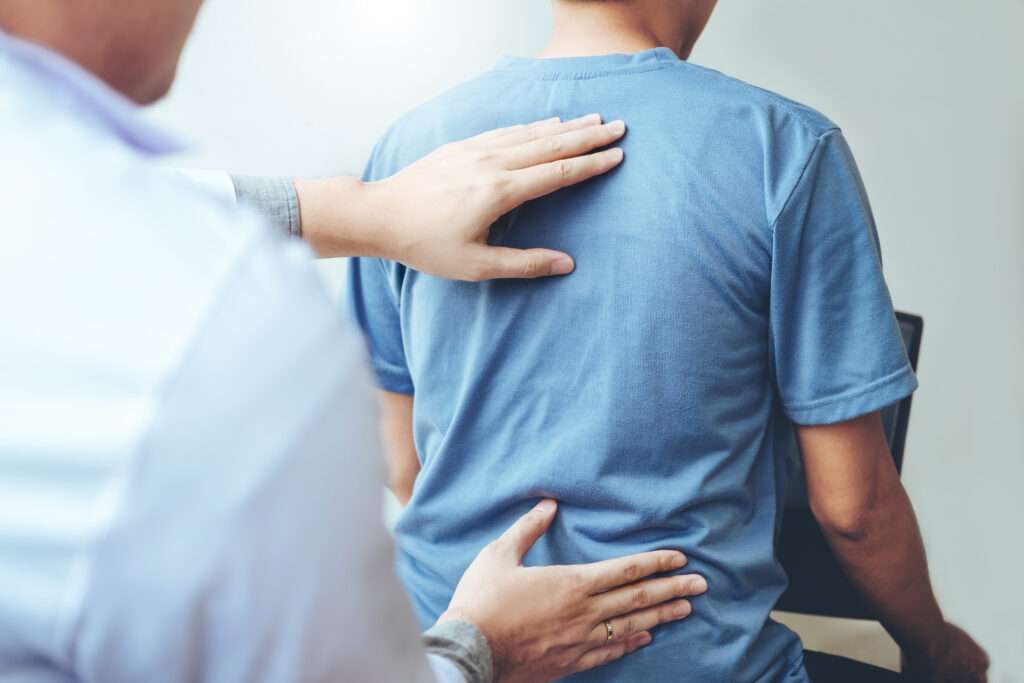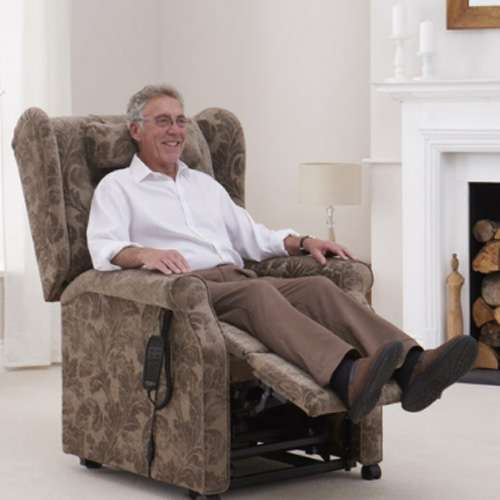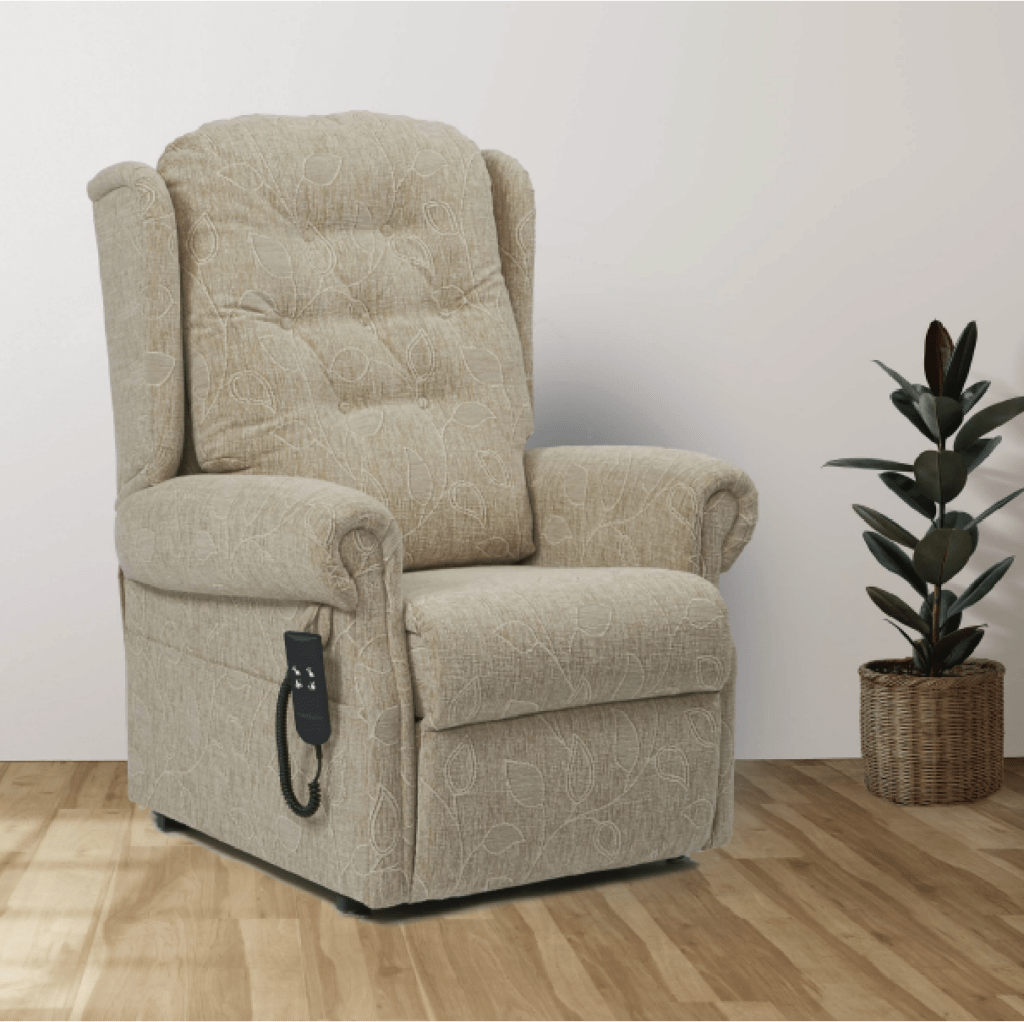In this article we look at how to reposition someone in a chair. Moving someone in a chair can be done properly and with ease, but we recommend that these techniques are carried out by someone who is trained or qualified in moving and handling.
Moving and handling professionals will be well versed in these techniques because of how important they are to use. If you don’t adopt the correct methods and processes when moving someone, it can be detrimental to everyone involved.
Let’s take a look at how to reposition someone for comfort, and how to fix a sling to someone sat down.
Watch Our Moving & Handling Webinar
Jump straight to…
The Hip Hitch
This a manual technique used to reposition someone who is sat in a chair.
Step 1: Kneel in front of the person who is sat in the chair.
Step 2: Get the individual to lean to their right, and with one hand on their left hip and the other hand on their left knee, facilitate a backwards movement.
Step 3: Repeat this method with the opposite leg, getting the person to now lean over to their left-hand side.
Step 4: With one hand on their right hip and the other one on their right knee, facilitate a backwards movement.
Step 5: The individual should now be seated further back in the chair. If necessary, repeat the method on alternate legs until the person is properly positioned.
Using a One-Way Slide Sheet
As the name suggests, one-way slide sheets allow someone to slide on them in one direction. This is a great tool for repositioning someone in a chair without too much manual handling involved. Just make sure the person is sat on the slide sheet, and slide them backwards in the chair. The structure of the sheet will then stop the person from sliding forwards in the chair.
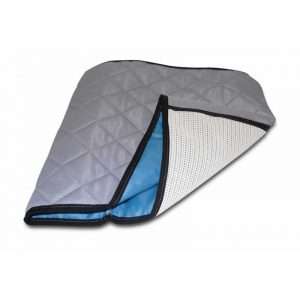
One-way slide sheets can help people adjust their positioning in a chair.
Fitting a Sling to Someone Sat Down
The objective here is to position a sling under a person who is sat in a chair. You will need two oval-shaped manual handling boards and the appropriate sling.
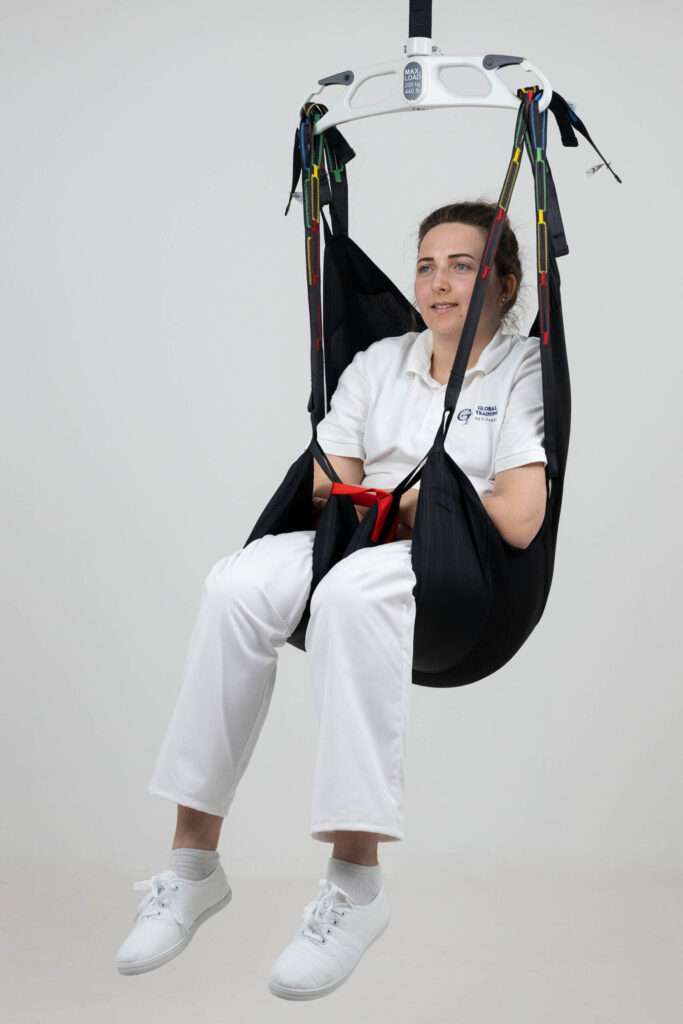
Step 1: Place your manual handling boards one on top of the other, and slide them down between the person’s back and the backrest of the chair so they’re positioned just above the buttocks.
Step 2: Get the sling, and place it inbetween the moving and handling boards. Slide the sling right through to the person’s posterior, ensuring that the leg pieces are on either side of the individual. You can then remove the moving and handling boards.
Step 3: Kneel down in front of the person. Facilitate the person’s right foot on to your left knee/thigh, and this will allow for right hip flexion.
Step 4: Move the right leg piece into position under the individual’s leg, and then place their leg and foot back down on the floor.
Step 5: Facilitate the person’s left foot on to your right knee/thigh, and this will allow for left hip flexion.
Step 6: Move the left leg piece into position under the individual’s leg, and then place their leg and foot back down on the ground.
The sling should now be in position underneath the person, and from here, you can attach the sling in the correct fashion to the appropriate hoist.
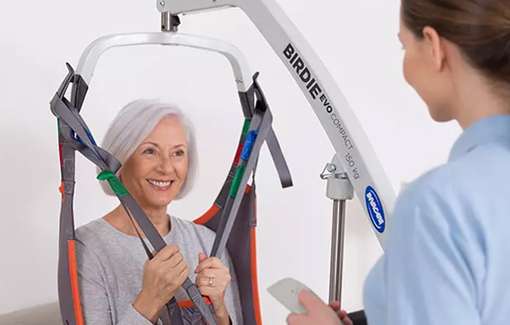
Visit Our Moving & Handling Section
Summary
These are simple, easy steps that guarantee a safe and secure repositioning experience. Following these instructions will keep the carer and the individual from getting unnecessarily injured. Again, we want to stress that these techniques should be carried out by someone who is trained or qualified in moving and handling procedures, but if you have any questions, don’t hesitate to get in touch with us.
For more advice and tips on specialist seating, download our free seating eBook.
FAQs
How do you reposition someone in a chair?
Repositioning someone in a chair can be done using techniques like the hip hitch, a one-way slide sheet, or a sling with a hoist. Always ensure the person’s comfort and safety by following proper manual handling guidelines.
When is the one-person method for chair repositioning used?
The one-person method is typically used when a caregiver is trained and confident in safely repositioning an individual in a chair without additional assistance. It is most suitable when the person being moved has some ability to assist with the repositioning or when using tools like slide sheets.
What is the correct chair position for comfort and safety?
The ideal chair position ensures the person is sitting upright with their back supported, their feet flat on the ground or a footrest, and their hips positioned towards the back of the chair to prevent slouching.
How do you use a slide sheet on a chair?
A slide sheet can be placed under the individual to help reposition them without excessive force. The sheet allows for easy backward movement while preventing forward sliding once the person is properly seated.
How do you reposition someone by carrying them?
If lifting or carrying is required, it should be done with proper support and preferably with assistance or a hoist. Always use ergonomic techniques to prevent injury and ensure the person’s stability.
What is the hip hitch technique?
The hip hitch technique involves guiding the person’s hips back into the chair by encouraging small side-to-side movements while supporting their knees and hips. This method helps adjust their position safely and comfortably.






